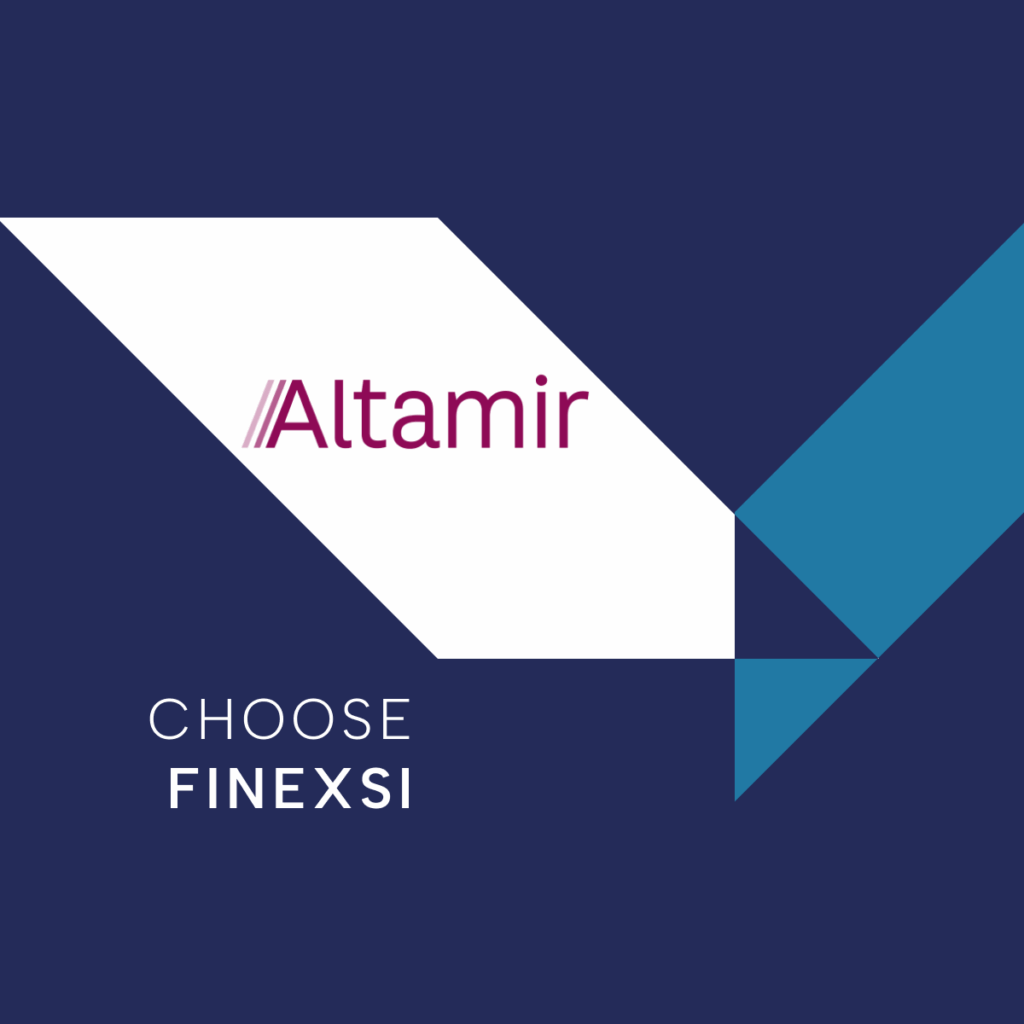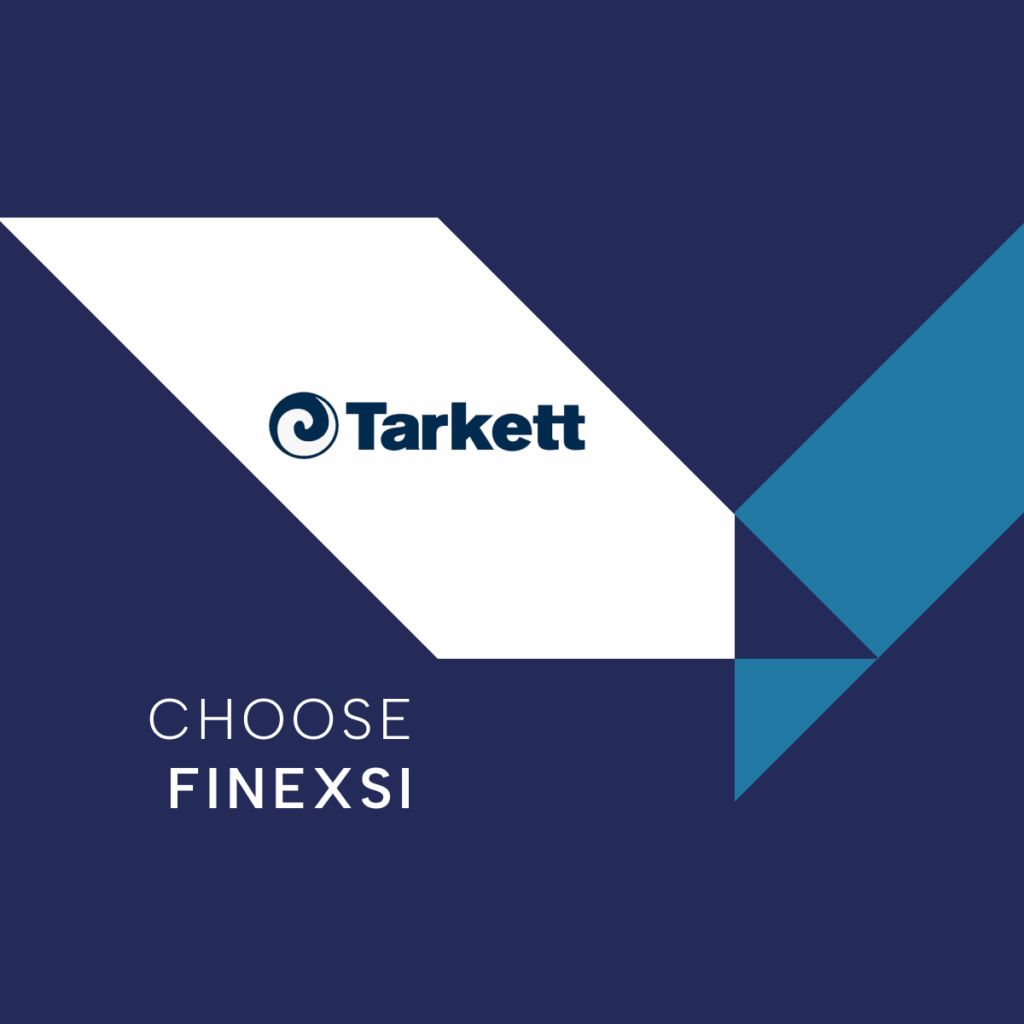The International Valuation Standards Council (IVSC) has published a series of papers (Perspectives Papers) on the concept of goodwill amortisation, and more specifically on its compatibility with business valuation principles.
The papers are intended to initiate and foster the debate, particularly in a context where the IASB and the FASB are considering changes to the accounting for goodwill, by raising some fundamental issues with the aim of informing financial statement preparers, reviewers, and users.
The first article in the series, Is Goodwill a Wasting Asset? was published in September 2019. The second article, What is the information value of the current impairment framework? was published in December 2019. Finally, the third and last paper, Opportunities for Enhancing the Goodwill Impairment Framework was published in June 2020.
The questions that the IVSC explores in this series of articles are the following
- Is goodwill a wasting asset with a readily determinable life, or an indefinite lived asset? (Part 1)
- What is the informational value of the current goodwill impairment process to users of financial statements and are there practical ways to improve the current test without adding significant cost or complexity? (Part 2)
- What are the wider impacts if goodwill were to be amortised – from accounting considerations to market reactions? (Part 3)
Part 1 – Is Goodwill a wasted asset?
Is goodwill a wasted asset with a readily determinable life, or an indefinite lived asset that is best tested for impairment on a regular basis?
It is clear that goodwill is not a finite life asset. This conclusion is supported by both (i) a functional analysis of the components of goodwill and (ii) consideration of how businesses are valued and transactions priced.
- In a business combination, goodwill represents the residual value of the price paid above the identified tangible and intangible assets of the acquired business. In almost all cases, the business is acquired on a going concern basis. The identified tangible and intangible assets represent the identifiable finite-lived assets of the business. The residual amount paid by the business (e.g. goodwill) must therefore, by definition, represent the going conern portion of the acquired business.
Assuming that goodwill is a finite life asset would be inconsistent with the going concern principle inherent in the consideration paid on acquisition.
Furthermore, although the components of goodwill do not meet the criteria for separate accounting under acquisition accounting, an analysis of these major components, such as synergies, brand and reputation, technology platform, workforce, etc., shows that the vast majority of these items are indefinite in nature.
- (ii) The financial models used to prepare the fairness opinions, obtain board approval and ultimately set the transaction price reflect a perpetual cash flow growth assumption in which the margin gain from the acquisition (i.e. synergies) is included in the final value calculation. Therefore, the goodwill associated with the synergies is also assumed to exist in perpetuity, suggesting that this goodwill is better classified as a non-wasting asset rather than a finite life asset.
Finally, this conclusion is supported by empirical evidence. Almost all impairments represent large irregular charges resulting from a discrete event or short series of discrete events, rather than smaller regular impairment charges that occur regularly over time. Furthermore, if goodwill were to decline significantly over time, one would expect a preponderance of goodwill impairment for all companies across all industries? In reality, only a small percentage of goodwill recognised in business combinations has been impaired (this is discussed in Article 2).








